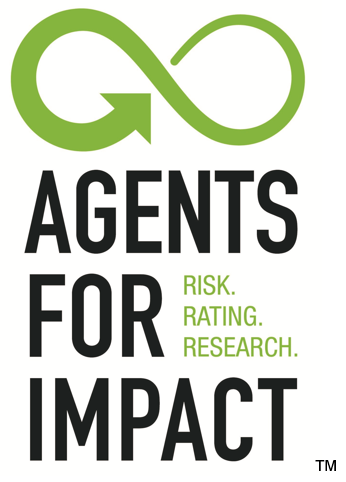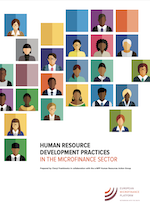 Agents for Impact: Driving Positive Impact… Together!
Agents for Impact: Driving Positive Impact… Together!
The 17 Sustainable Development Goals (SDGs) outlined by the UN in 2015 provide a blueprint for a just and sustainable world. While actors across a range of professional arenas are rushing to catch up with the SDGs, the term “impact” is being thrown around loosely to give the impression that the desired goals have been reached. It is tempting to assume certain businesses have a positive impact on the SDGs, simply based on intuition. However, some might negatively impact the SDGs or elicit both positive and negative outcomes in the long run. Without proper tools for impact measurement and assessment, we can only get so far!
Agents for Impact (AFI) understands how essential it is to improve the practice of impact measurement through stable and coherent frameworks. To deliver on this promise, we have designed a specialized investment approach to support microfinance institutions (MFIs) that exhibit strong commitment to and proven track records of progress toward the SDGs. To evaluate an MFI’s performance, AFI peels back the surface to deploy a strong assortment of cohesive and rigorous assessment tools, including financial analysis and addressing social performance indicators; sustainability factors; and

 Of the 5.4 billion adults worldwide, 1.5 billion access financial services through post offices. Postal services have large networks of branch locations that give them the potential to reach even more underserved populations. The extent of these branch networks is so wide because
Of the 5.4 billion adults worldwide, 1.5 billion access financial services through post offices. Postal services have large networks of branch locations that give them the potential to reach even more underserved populations. The extent of these branch networks is so wide because 
 resources (HR) is a critical success factor for financial institutions to become – and remain – competitive in a changing and increasingly complex business environment. Although most institutions would agree that HR functions – recruitment, onboarding, performance management, training and development, among others – are important, some questions remain: How can HR functions be carried out in a strategic and sustainable way? Are MFIs in a strong position to develop and retain the workforce they need to pursue their business and social objectives? How can they strengthen their capacity in these areas?
resources (HR) is a critical success factor for financial institutions to become – and remain – competitive in a changing and increasingly complex business environment. Although most institutions would agree that HR functions – recruitment, onboarding, performance management, training and development, among others – are important, some questions remain: How can HR functions be carried out in a strategic and sustainable way? Are MFIs in a strong position to develop and retain the workforce they need to pursue their business and social objectives? How can they strengthen their capacity in these areas?